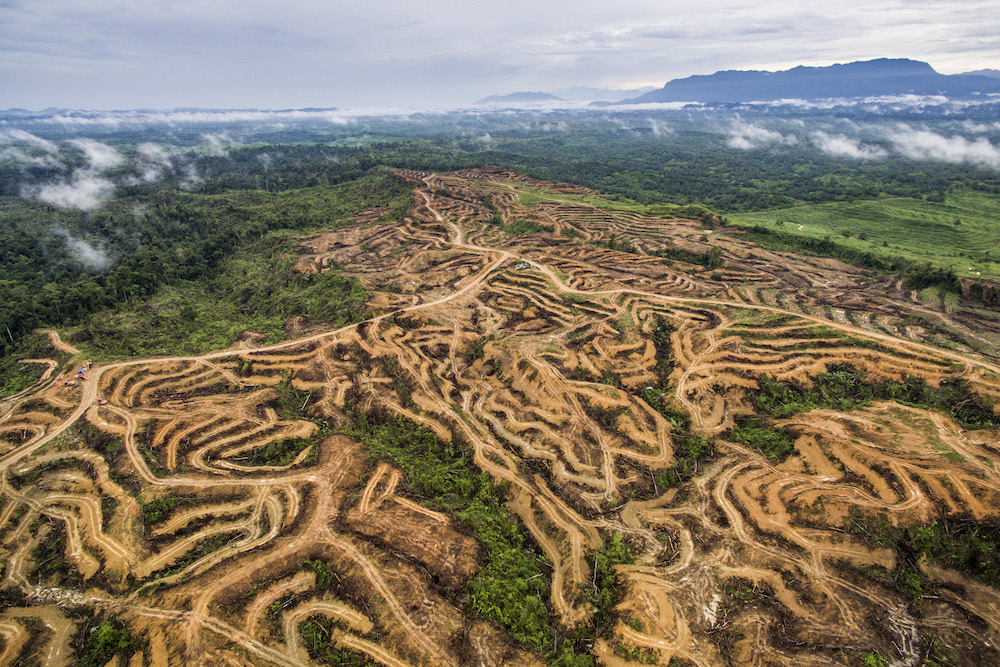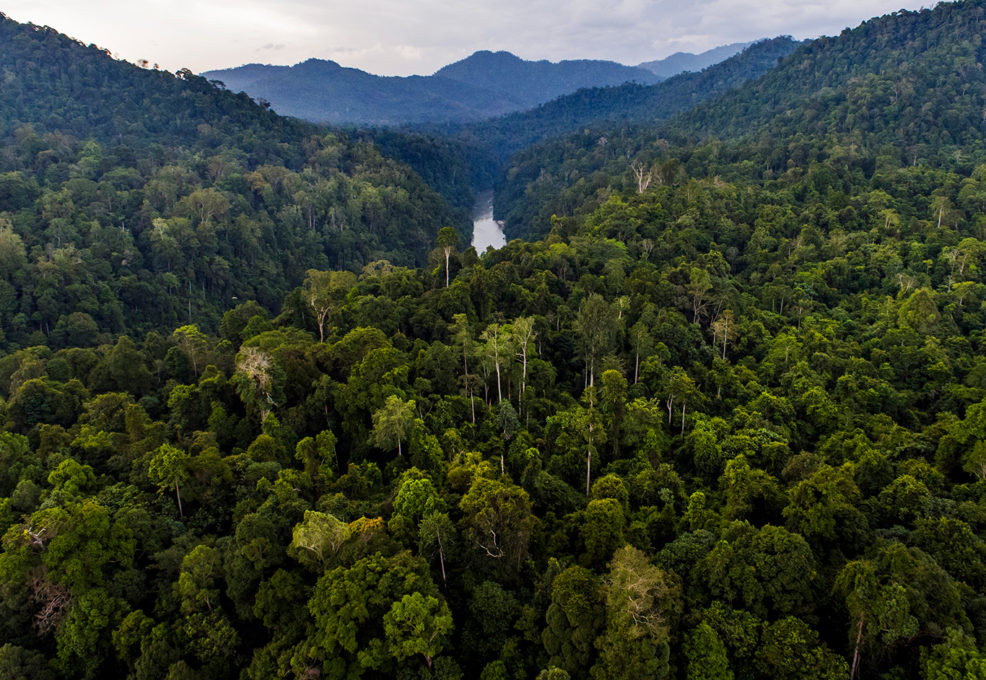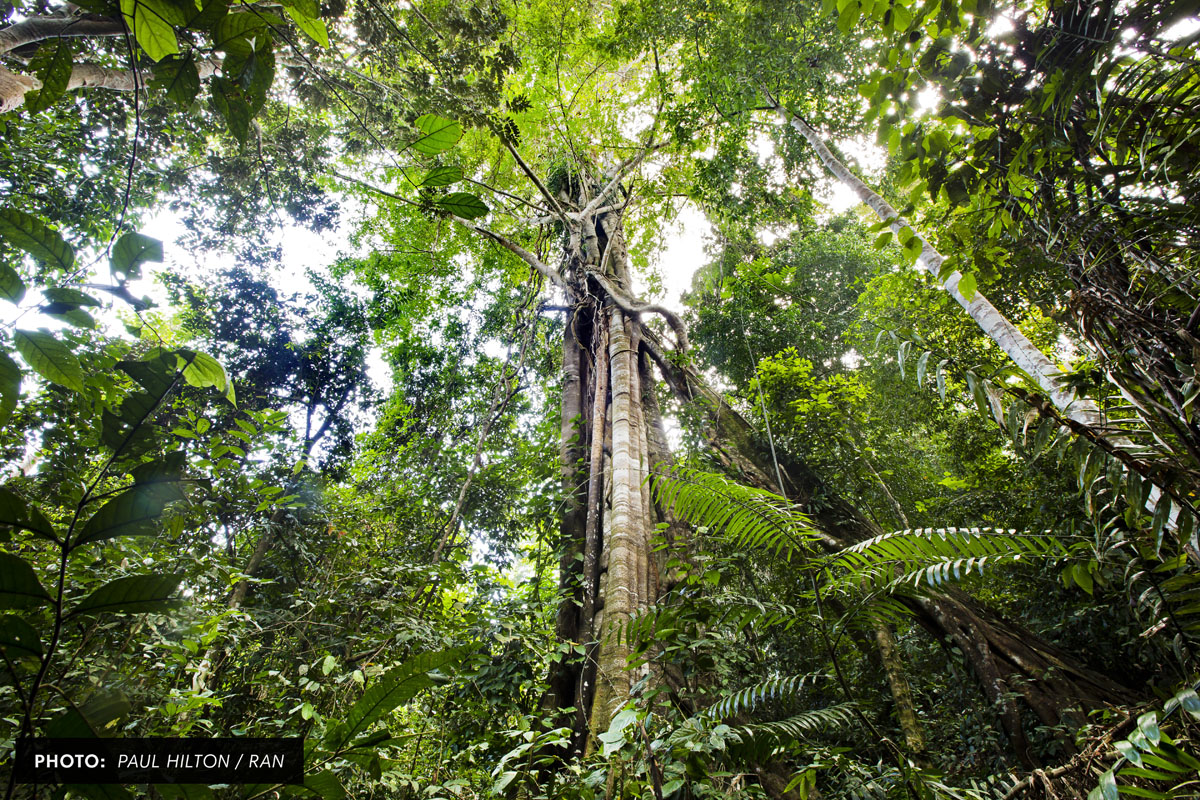Forests fight climate change, we fight for forests.
All of life depends on forests. They cool the air, promote rainfall for thousands of miles all around them, and contribute to clean water for hundreds of millions of people. Forests also regulate global temperature, safely absorbing massive amounts of carbon pollution — one of the key drivers of climate change — in the trees and soil.
As trees absorb carbon and shed plant material over many years, peatlands form, a major component of rainforest ecosystems. Peatlands become many meters deep over thousands of years and lock away carbon, making them the largest terrestrial carbon store in the world.
The unique ability of forests and peatlands to store carbon makes deforestation one of the greatest threats to our climate. As big agricultural producers intentionally bulldoze, destroy and burn rainforests around the world, to make profits, carbon is released into the atmosphere. In total, tropical deforestation contributes to 20% of global greenhouse gas emissions.
And emissions from deforestation are only getting worse, having more than doubled within the last decade. If tropical deforestation continues at the current rate, a climate-stable future will be all but impossible.

Destruction of the world’s rainforests is a devastating, self-reinforcing loop: As forests and carbon-rich peatlands are destroyed, they release an enormous amount of greenhouse gasses into the atmosphere while reducing the amount of carbon storage available to our planet.
The science is clear and alarming:In a series of reports, the Intergovernmental Panel on Climate Change (IPCC) — a broad coalition of the world’s leading scientists — warns that we have only until roughly 2030 to avert the worst effects of a growing climate crisis, which threatens the future livability of our very planet.
Forests are a solution.

Protecting and restoring forests plays an outsized role in the solution to our current climate crisis. According to the IPCC, reducing deforestation is one of the most effective ways to mitigate climate change globally, with the potential to reduce global greenhouse gas emissions by nearly a third.
We don’t need high-tech carbon-removal solutions, we just need forests. As scientists have said:
“The ‘natural technology’ of forests is currently the only proven means of removing and storing atmospheric CO2 at a scale that can meaningfully contribute to achieving carbon balance.”
We’ve had the solution all along, and that’s to Keep Forests Standing.
